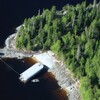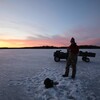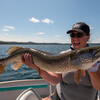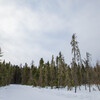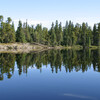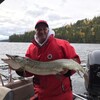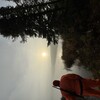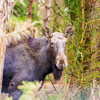
Are There Mountain Lions in Ontario? Unvravelling the Mystery
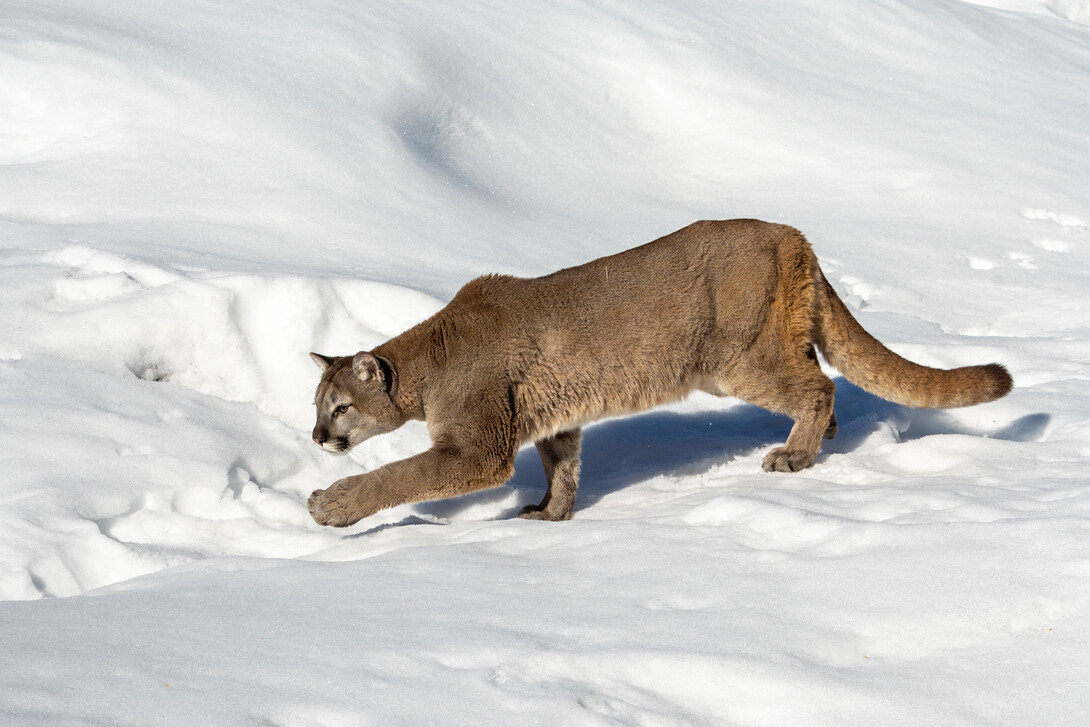
Author's Note: This article has been updated (and the source for the update provided) to confirm that Ontario MNR does acknowledge that cougars are present in Ontario. The origin of the current population is more what the current debate is about.
Mountain lions, also known as cougars or eastern cougars, have long captured the imagination of Canadians with their elusive nature and powerful presence. However, the question of their range in Canada and specifically, in Northwestern Ontario, remains a subject of some debate among wildlife experts and enthusiasts alike. Let's explore the controversy surrounding these majestic creatures and the reasons behind the debate.
The Social Media Storm
Outdoor Canada Fishing Editor Gord Pyzer recently shared an image of a cougar captured on a trail cam just north of Kenora, Ontario. Sunset Country reshared the image and the reaction to the post was off the charts—hundreds of likes, comments, and shares. Many comments were about this subject—are there mountain lions in Northwestern Ontario?
From the image below, it certainly appears that there are!
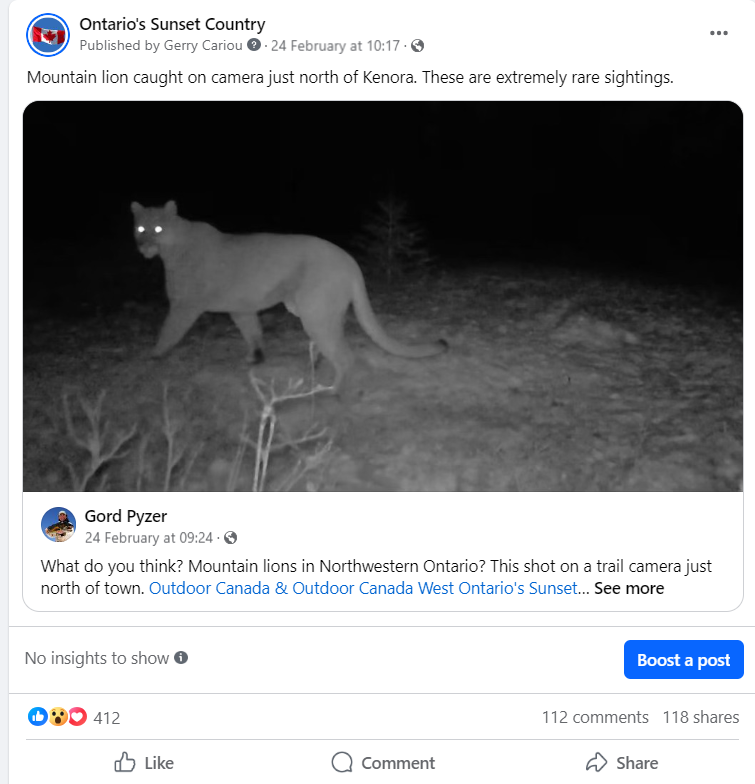
Current Range of Mountain Lions
Mountain lions once roamed across much of North America and as far east as even New Brunswick in Canada. A report by the Ontario Ministry of Natural Resources published in 2022, stated the following about their historical presence in the province:
Historically, cougar (Puma concolor couguar) were thought to be native throughout Ontario. However, no specimen of cougar has been taken in the province, no Ontario specimen is found in any institutional collection, and consequently, there is actually no means of proving or disproving the purported occurrence of ‘F. c. couguar’ in Ontario.
This relates to their historical range in the Province. An article in the Canadian Field Naturalist highlights a study by MNR confirming the big cat's current presence in the Province. As stated in the report:
The present study confirms the presence of Cougar in Ontario. A total of 497 pieces of evidence collected between 1991 and 2010 were evaluated. This included 21 pieces of class 1 evidence collected during the period 1998 to 2010 (Table 1; Figure 3). Sixty-seven percent of that evidence was collected during the period 2006 to 2010 (the time of this study), with the remainder being collected during the period 1998 to 2005.
So cougars do live in Ontario and the Ontario MNR is acknowledging this, as the COSSARO report states it can't be proven whether or not they inhabited the province historically. It appears the unanswered question relates more to how those that are here, got here. As noted in the report:
The evidence from this study provides proof that Cougars exist on the landscape in Ontario; however, it does not indicate the origin of these animals. Possible sources of Cougars in Ontario include 1) escaped or released captive animals (or their offspring), 2) animals that have dispersed into Ontario from areas supporting free-ranging Cougar populations or their offspring, 3) remnants of a native free-ranging Cougar population in Ontario, and 4) a genetic mix of these sources of animals.
Many sightings are attributed to mistaken identity e.g. a fisher or a lynx misidentified as a cougar, escaped exotic "pets," or simply "undetermined". If you look at the image in the Facebook post above, it is clear that the animal captured by the trail cam is a cougar, with its long tail and large size, this is a healthy specimen.
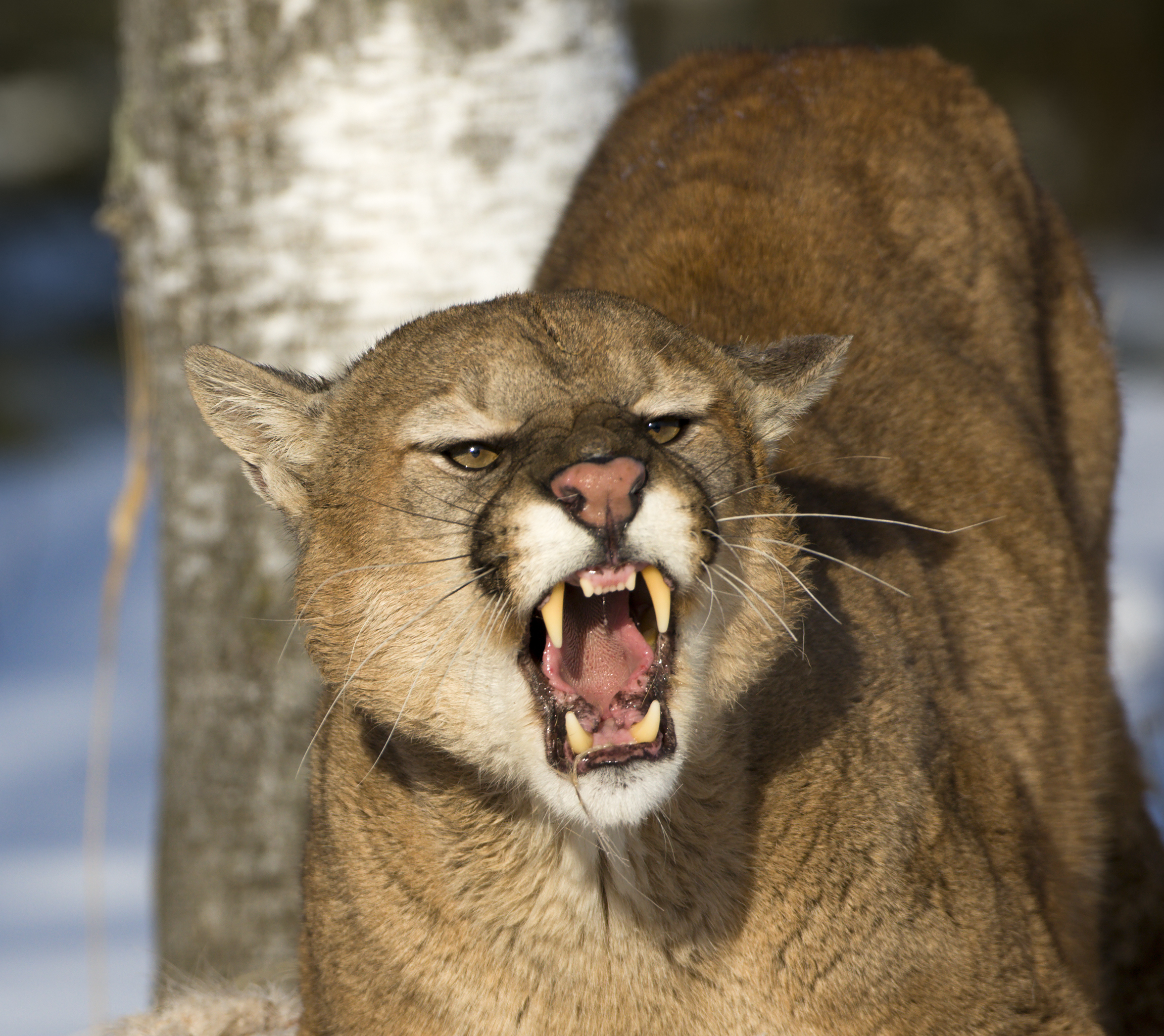
Historic Range of Mountain Lions (Cougars)
- Historically, mountain lions roamed vast territories across North and South America, including across many parts of Canada.
- Today, their confirmed range in Canada is primarily limited to the western provinces of British Columbia and Alberta.
- However, sightings and evidence suggest that mountain lions may also inhabit regions beyond their confirmed range, including Saskatchewan, Manitoba, Northwestern Ontario and even areas east of there.
Sightings and Evidence
- Despite being officially declared extinct in Ontario in 2011, reports of mountain lion sightings continue to surface in various parts of the Province. The 2022 Annual Report from the Committee on the Status of Species at Risk in Ontario (COSSARO) lists the cougar as "endangered" and notes that its status is "of special concern".
- Northwestern Ontario, in particular, has been a hotspot for reported sightings and encounters with these elusive predators.
- Eyewitness accounts, coupled with camera and video evidence, provide compelling testimony to the presence of mountain lions in regions where they were once believed to be absent.
Controversy Surrounding the Range
The debate over the range of mountain lions in Ontario stems from several factors:
- Official Recognition vs. Unconfirmed Sightings
- Wildlife authorities rely on confirmed evidence, such as DNA analysis or carcass examinations, to officially recognize the presence of mountain lions in a particular area. The OMNR does acknowledge their presence in the Province.
- However, many sightings remain unconfirmed due to the lack of conclusive evidence, leading to skepticism among some experts and the general public. Some of the video evidence, however, is undeniable.
- Habitat Fragmentation and Human Encroachment
- Habitat loss and fragmentation pose significant challenges to the survival of mountain lion populations, especially where they are already established. These pressures could lead to animals extending their range into areas they once lived in but no longer do, like Northwestern Ontario.
- As human development encroaches upon natural habitats, mountain lions may be forced to expand their range into new territories, including areas inhabited by humans. With the dramatic expansion of the deer population in Northwestern Ontario, that too could be a factor in attracting these big cats here.
- Misidentification and Urban Legends
- Some reported sightings of mountain lions are cases of mistaken identity, where other large animals such as lynx or even domestic cats are misidentified as cougars.
- Urban legends and exaggerated accounts further contribute to the confusion surrounding the true range of mountain lions in Ontario and across Canada.
- Ecological Importance and Conservation Concerns
- Understanding the true extent of the mountain lion range is crucial for conservation efforts and maintaining ecological balance.
- Mountain lions play a vital role in regulating prey populations and shaping ecosystem dynamics, making their conservation imperative for biodiversity.
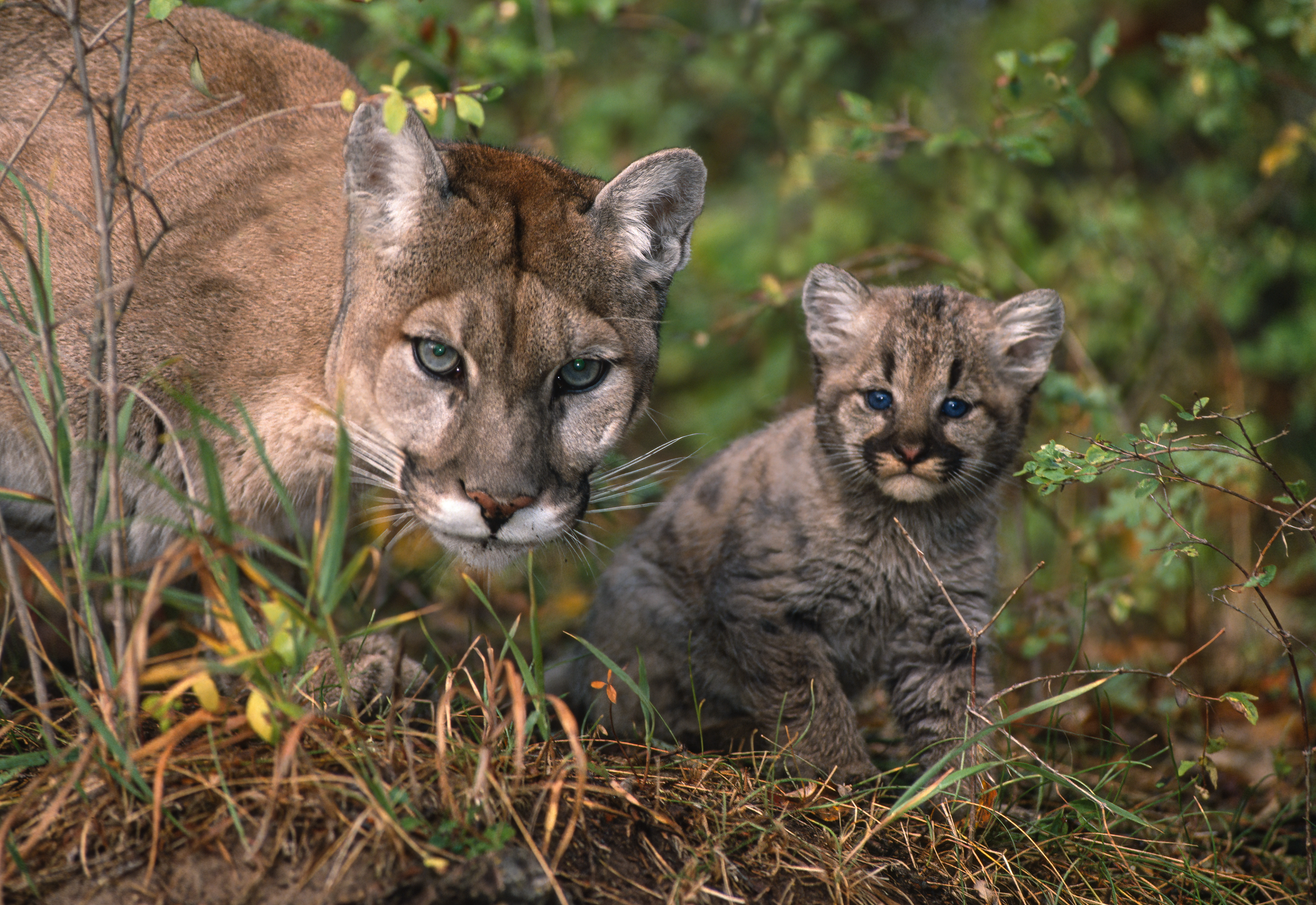
The Need for Research and Education
- Addressing the controversy requires comprehensive research initiatives and public education efforts.
- Collaborative studies involving wildlife biologists, naturalists, and local communities can provide valuable insights into the distribution and behaviour of mountain lions in Ontario. The anecdotal evidence and sheer number of sightings of these big cats in Northwestern Ontario means most residents believe they live here. The OMNR has also acknowledged their presence.
- Public awareness campaigns can help dispel myths and misconceptions while encouraging responsible coexistence with these iconic predators. There is nothing wrong with encouraging people to report sightings and to identify the locations where they occurred. By doing this, further evidence of the extent of this big cat's presence could be explored.
- The next logical steps are to determine the origins of the current population in the Province, their extent, and whether or not they are here to stay.
The Debate Rages On (Well Sort Of)
The debate over the range of mountain lions outside their known range in Canada underscores the complexities of wildlife management and conservation in a rapidly changing world. While confirmed sightings are concentrated in western provinces, reports from eastern regions suggest a broader distribution than previously believed. Through dialogue and further research, we can navigate the controversies surrounding mountain lions and ensure the protection of these magnificent creatures for generations to come - wherever they live.
Further Reading:
- https://www.canadianfieldnaturalist.ca/index.php/cfn/article/view/1194/1187
- https://cossaroagency.ca/wp-content/uploads/2023/04/COSSARO-Cougar-November-2022_final.pdf
- https://www.ecoissues.ca/cougars-in-ontario-and-wildlife-conservation/
- https://cosewic.ca/index.php/en/
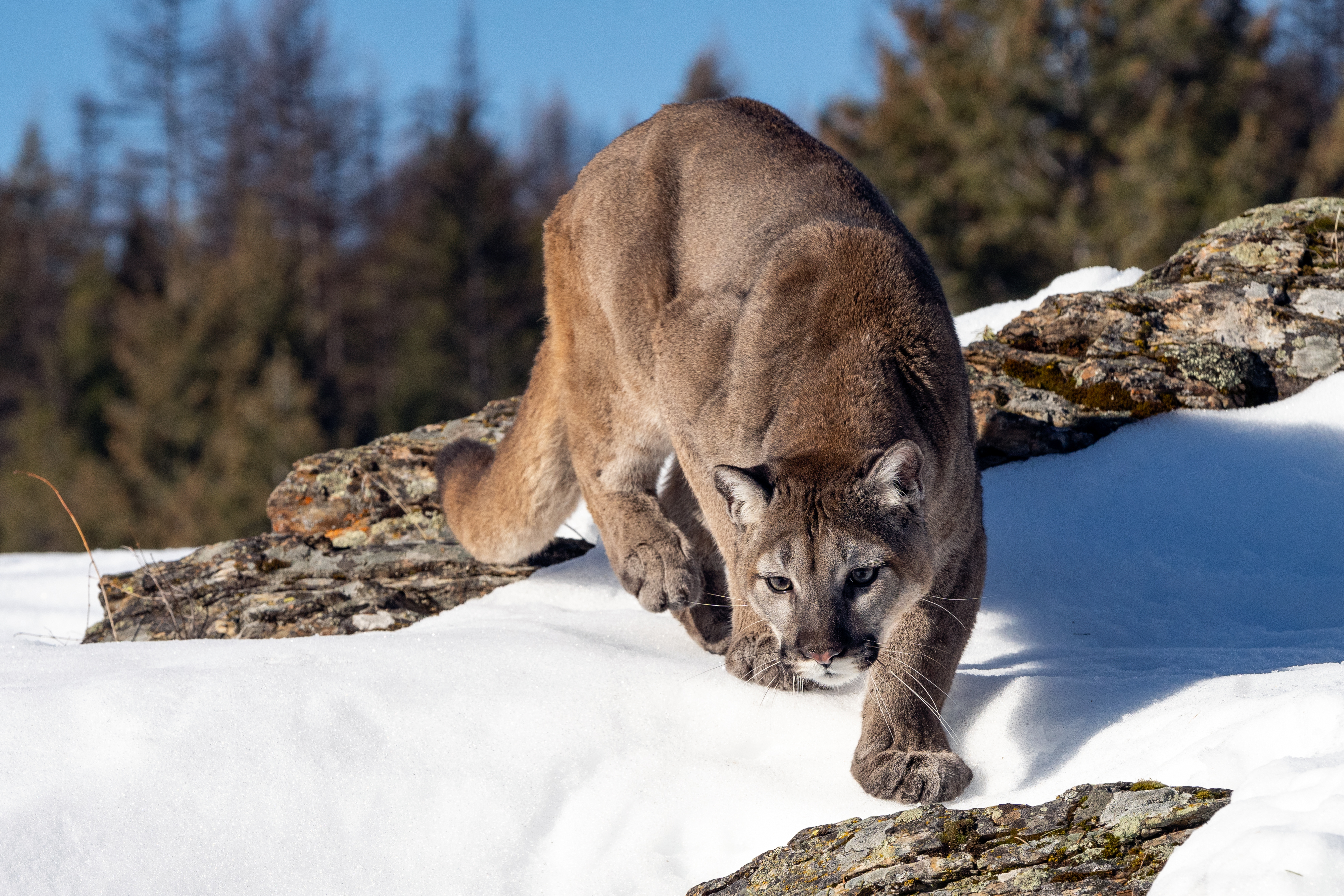
Recommended Articles

Is the 1,400 Kilometre Drive to Northwest Ontario For a Fishing Trip Worth it?
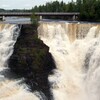
8 must-see waterfalls

6 Ways to Get Your 10,000 Steps This Fall

Top 5 Reasons You Should Be Fishing in Morson, Ontario

Discover The Winnipeg River

Enjoy Sunset Country's Fall Colours on Your Next Road Trip

Fishing in the Fall?

6 Reasons to Book a Fall Vacation to Sunset Country

10 Reasons to Avoid Ontario’s Sunset Country

Heading Across Canada?

A Guide to Sunset Country Museums

The Promised Land: Best Muskie Fishing in Ontario

Fall Fishing Tips
5 Essential Boreal Experiences in Ontario's Sunset Country

5 Obscure Facts About Northwestern Ontario: Were You Aware of These?

Great Food in Relatively Unknown Places
Outdoor Medicine

A Guide to Bringing Your Pets on Vacation to Canada

There's more than just fishing in the Red Lake Region

5 Amazing Sights You Can Only See By Boat

Going Fishing in Canada?

Going fishing in Ontario?

Outdoor Adventure in Ontario's Northern Paradise
Planning A Family Fishing Trip to Canada

Tips from a Fishing Legend



